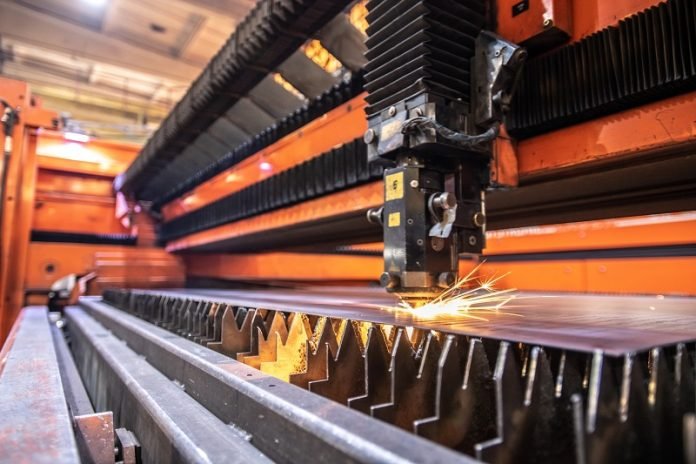
Imagine a future where lasers are not just in sci-fi movies but are part of everyday technology, making things smaller, faster, and more efficient.
Scientists in China are turning this vision into reality by creating an incredibly thin crystal that could transform how we use lasers.
Professor Wang Enge and his team from Peking University have developed what’s called the Twist Boron Nitride (TBN) crystal.
This crystal is not just any ordinary crystal – it’s the thinnest optical crystal in the world! It’s so thin that its thickness is measured in microns, which are millionths of a meter.
To give you an idea, a human hair is about 70 microns thick, and these crystals can be as thin as 1 micron.
This breakthrough is huge because it’s not just about making crystals thinner. These TBN crystals are way more efficient than the crystals we’ve been using for the last 60 years.
They can increase energy efficiency by 100 to 10,000 times compared to traditional crystals of the same thickness.
Lasers are a big deal in our information-driven society. They’re used in everything from scanning barcodes at the supermarket to performing delicate eye surgeries. The key to making lasers work is optical crystals.
These crystals do all sorts of important jobs, like changing laser frequencies, amplifying signals, and modulating them.
For a long time, the development of these crystals has followed theories from the United States.
But there’s been a problem: the crystals we have now can’t quite meet the demands of future laser technology, which needs to be smaller, more integrated, and more functional.
Enter Prof. Wang Enge and Prof. Liu Kaihui, who led the team that developed the twist-phase-matching theory.
This is a brand-new approach based on using light-element materials. Prof. Liu explains it using a neat analogy: imagine a laser as a group of people marching.
The twist mechanism they’ve developed is like making everyone march in perfect coordination, which makes the laser much more efficient.
This invention isn’t just a small step; it’s a giant leap in the world of laser technology. It opens up a whole new way of designing and making optical crystals. The TBN crystal is so thin that it offers excellent potential for integration into various devices, and it can even bring new functions to the table.
The team is already patenting this technology in several countries and has even built a prototype laser using the TBN crystal. They’re working with companies to develop new-generation laser technology.
Looking to the future, the possibilities are exciting. The TBN crystal could lead to breakthroughs in quantum light sources, photonic chips (which are like the brains of fiber-optic systems), and even artificial intelligence.
As Prof. Wang puts it, the future of laser technology depends on the design and production of optical crystals. With this invention, that future is looking brighter and much more efficient.



